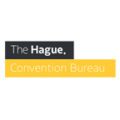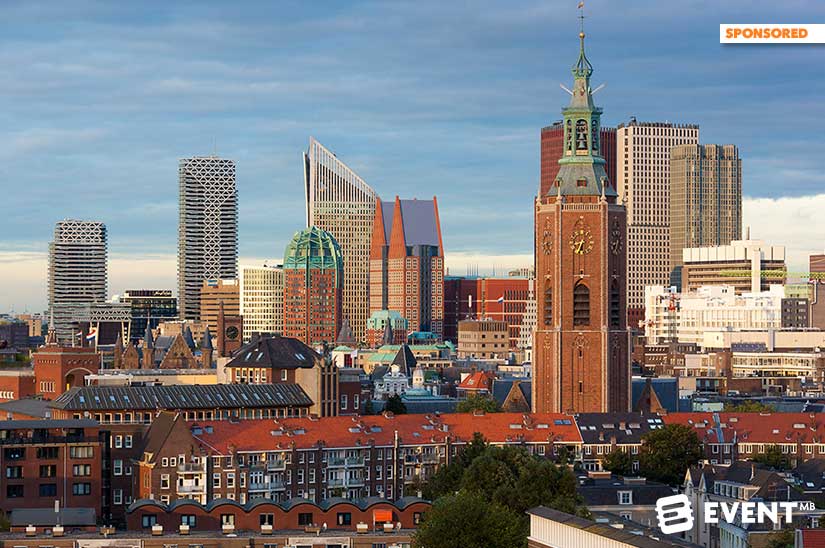Skift Take
The average employee attends approximately 62 meetings per month. Multiply that by 12, and you already have an impressive yearly figure – yet this is only a tiny part of more than three billion annual meetings, worldwide.
This is a sponsored post written by The Hague Convention Bureau.
Considering the high costs which can be associated with organizing and running live events, one would naturally strive for maximum efficiency. Unfortunately, statistics aggregated by Emily Pidgeon from TED Ideas show that this is often not achieved: 9 out of 10 people daydream at some point during a meeting, 73% of attendees engage in other work during these meetings, while 50% find them unproductive. Often this can be a reflection of poor meeting design. ##abovethefold##
Meeting Design is the Future To Increase Event Impact
What these numbers show is that a meticulous planning process is a crucial element of a successful meeting: it makes the difference between an inspiring and memorable experience on the one hand and a forgettable exercise of patience on the other hand.
Like many matters, there is no magic formula for the perfect meeting – you can instead think of it as an art form. Meeting design is all about matching the form of a meeting to its purpose and expected outcomes – and can be graphed in a triangle of content, experience, and objectives. Increased engagement and long-term retention of discussed topics are desirable in any circumstance, and the right planning, combined with an in-depth understanding of the subtlest contexts, pave the way to success.
The increased prevalence of technology provides an equally valuable opportunity to customize, emphasize and amplify both the information transfer process, as well as the networking opportunities present at such events.
The Importance of Design Thinking in Better Events
The concept of design thinking also comes into play. What this means is that attendees are placed at the center of the experience, and their perspective is sought in order to align their needs with the key elements of the meeting in question. It is a collaborative experience with a focus on empathy and experimentation. After all, there are no guarantees that what worked well in the past will continue to work well in the future. Even if it does, such traditional designs often ignore great opportunities and thus forgo a wealth of potential benefits.
Previously in the shadow of more established European meeting destinations, The Hague’s relevance as an alternative meeting destination has grown immensely. Building on a strong event infrastructure and network of local partners, the city is gaining a reputation for innovative meeting design.
The following five examples showcase how meeting designers in The Hague responded to challenges and applied theory to practice in order to achieve the best results.
1. Using an Unusual Venue to Add Some Pizzazz
The 8th edition of the World Pension Summit took place in The Hague, between October 25 – 26 2017. The Netherlands has been classified as one of the best countries to retire in, with its pension system ranking second worldwide in Mercer’s Global Pensions Index 2016 – thus, the decision to host such an event there immediately seemed like a perfect match.
The focal theme of the event was ‘investing for the long-term’, with topics including the European investment landscape, investments in conditions of global geopolitical uncertainty and the challenges to pension norms that are brought forward by aging societies. There is a uniqueness factor about these talking points, as the WPS is the only worldwide event that aggregates pension-centric discussions. The subject matter did, however, call for some innovation in terms of the event design.
World Pension Summit events of recent years have been organized in convention centers and hotel meeting rooms – but last year’s occasion represented the break in tradition. Event designers in The Hague opted for a more daring location to host the summit: the world’s oldest private car collection. The experimentation saw delegates invited to explore Louwman Museum’s vast offer of automobiles while networking with their international colleagues. Spaces were provided around the venue to facilitate engaging discussions, while information booths advised attendees on how to get the most out of their stay in The Hague.
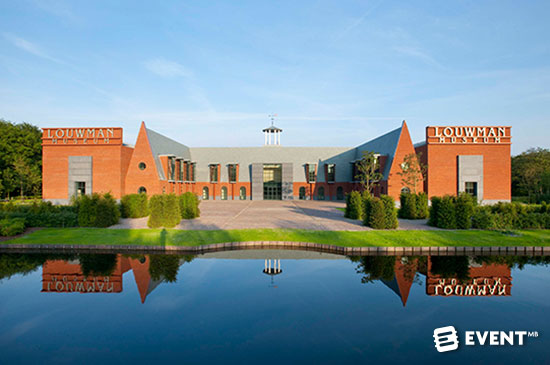

2. Align the Event Mission for Stronger Messaging
In 2017, the World Justice Forum reunited in The Hague, aligning the summit and the location’s credentials and ambitions. Between 10 and 13 July 2017, the city welcomed more than 300 delegates for the fifth edition of the event. Global and community leaders alike came together to discuss solutions for peace, equity and the pursuit of enduring strategies. With five keynote speakers and over 100 presentation sessions, attendees balanced meetings and focus groups with social activities, experiencing the customized offer that The Hague’s array of partners provided.
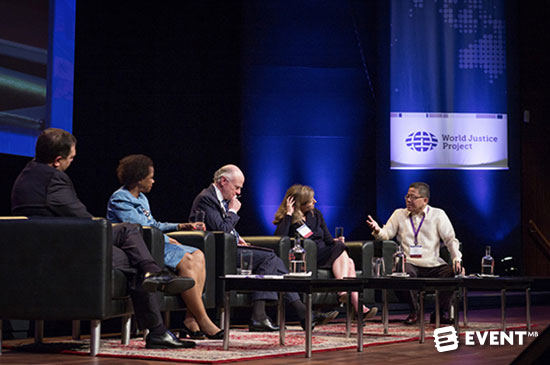

World Forum The Hague was the venue of choice – not only for its sheer size but also for its unique capability of fragmenting itself to cater the needs of a diverse group of delegates efficiently. Striking a balance between safety and openness, World Forum The Hague, acted as a metaphor to an ideal world: united in diversity.
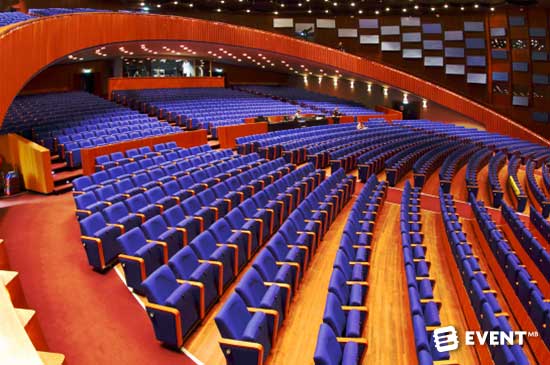

3. Exploring Local Best Practice and Intellectual Capital to Elevate Your Event
2017 was the year when the ESPEN annual congress returned to the Netherlands for the third time. After Maastricht in 1981 and Amsterdam in 1997, it was The Hague’s turn to host the renowned event that attracted 3,300 physicians, dietitians, pharmacists, nurses and researchers from all over the world. The location was chosen because of the city’s exemplary accessibility and transportation connections, and also due to its established status in the field of nutrition. The Hague takes pride in housing the world’s largest greenhouse horticulture in its immediate outskirts, making it the place to be in terms of healthy food.
In line with the summit’s overarching themes, attendees were invited to explore the city through participating in an organized run that took them through the center, green areas and the beach – thus exhibiting all the best sights of The Hague and in line with the health messaging of the convention.
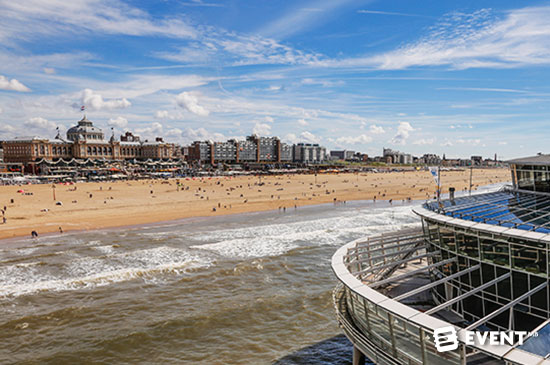

4. Demonstrate Innovation Through Every Element of the Event
The Hague is a city that has always been at the forefront of innovation and social betterment. It takes pride not only in having hosted the first international peace congress in 1899 but even more so in continuing this tradition of arranging world-shaping events throughout the ages. Last summer, between 22 and 23 June 2017, The Hague welcomed approximately 600 delegates attending the UN Public Service Forum and Awards Ceremony.
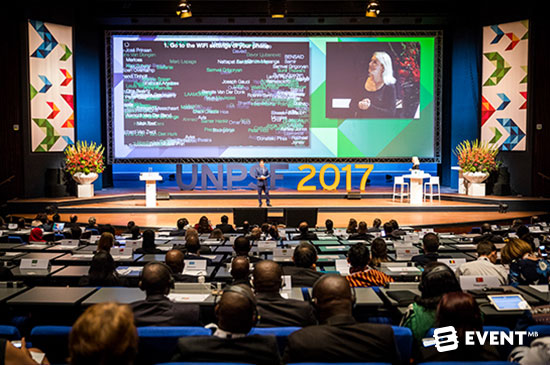

The main topic of discussion was how governments, both national and regional, could oversee and pioneer a change of perspective that aligned with the times and leads to increased effectiveness, accountability and sustainability of policies. The talks were positioned alongside the UN’s Sustainable Development Goals and its 2030 Agenda, which aims at providing quantifiable targets and means to achieve an ambitious vision.
World Forum The Hague was the hub for the summit and award ceremony, welcoming involvement and speeches from ministers, leaders, and influencers from all continents. The program included workshops, talk shows, reflection moments and plenary meetings with leisure activities such as sightseeing and cycling tours through the coastal city, taking in the summer vibes.
5. Using Inspiring Meeting Design for Long-Term Impact
The Dutch National Association chose The Hague as the backdrop for their 2nd Annual Congress partly due to the city’s multifunctional appeal: Offering an extensive pool of knowledge and expertise on one hand and retaining a light and playful atmosphere on the other hand. The event, which stretched over two days between 15 and 16 June 2017, showed that summits, both new and established, can find a home in The Hague – the DNA had only been established for a year and a half at the time of the event.
The industrial-looking, open layout of the Fokker Terminal conference center was an ideal venue for the event, since the DNA aimed for a different feel that sought to inspire unique approaches to problem-solving. The congress attracted around 400 attendees. The association was founded with the primary objective of having members learn from and inspire each other. The vast number of organizations and associations housed in The Hague and its vicinity contributed to an effective cross-pollination of knowledge and enthusiasm alike.
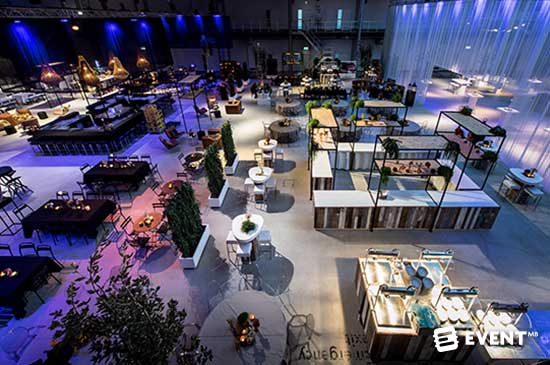

In Conclusion
Designing a meeting for a client is no straightforward task – it necessitates an intense study of the organization’s background, as well as the event’s target audience and goals to align all key elements harmoniously.
What is the scope of the encounter, how much time is needed for mobilizing all necessary resources and how does it all fit within the available budget? By working together closely with clients and seeing matters from their viewpoint, event organizers are primed to be well-equipped in dealing with decisions and taking into consideration the smallest details for ensuring the best possible results.
An event is about more than just logistics though, it needs strategy and good meeting design to ensure that it can smash all objectives and leave a lasting impression on everyone involved.
Hosting world-class events and encouraging innovative meeting design is one way to demonstrate what a top event destination has to offer event planners.
